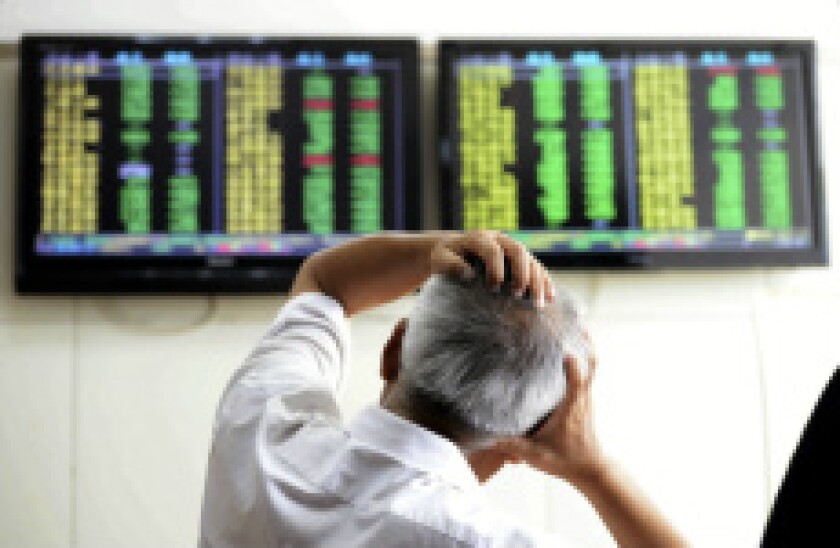In a wide-ranging session with the press last Sunday, CSRC officials expressed confidence that the Chinese A-share market had returned to health last year, after the scare of January 2016 that spilled over and resulted in a plunge in global financial markets.
Chairman Liu Shiyu added that serving the real economy was the “fundamental driving force” of the capital market. He also appeared to criticise the regulator’s move in mid-2015 to halt IPO approvals as the A-share market descended into chaos in the summer.
In 2016, some 250 firms raised $24.1bn via IPOs onshore, according to Dealogic. Despite a heightened period for volatility, fundraising from IPOs in the Mainland have remained elevated since 2015 ($25.8bn raised via 220 firms), a stark contrast to the years before.
That should give regulators comfort that the market is resilient enough for them to bring in overdue reforms, such as the move towards a registration-based system for IPO approvals.
But the landmark proposal seems no closer to implementation, years after it was mooted. The move would have decentralised power from CSRC by letting individual stock exchanges vet IPOs. Its absence has meant that some 600 companies have been left waiting in a queue of up to two years for CSRC to approve their listings.
By now, the regulator should realise that longstanding structural issues need more than mere quick fixes.
Suspending IPOs and new share sales were among the measures enforced by CSRC at the height of the A-share rout in the summer of 2015, as officials sought to prevent a full-blown crisis. Liu vowed to end this practice on Sunday, but other than that there were limited signs the regulator was giving up on being heavy handed.
CSRC has an outsized gatekeeper role in approving Chinese IPOs, and share sales both onshore and abroad. It also has a say on valuations, often capping issuers’ price-to-earnings multiple at a maximum of 23x — a practice that artificially boosts first-day pops.
No quick fix
But that raises the question of how long market participants will have to wait for real reform.
A number of structural deficiencies remain un-addressed, with elements like the ceiling on valuations resulting in imbalances and asset bubbles. And because public share sales were restricted for a time, issuers were pushed to raise funds via private placements — an area that until recently was only loosely regulated.
If IPO oversight were ceded to the stock exchanges, then a more normal pace of share sales would ensue. That could lower capital outflows as investors turn their attention to onshore equity issuance — and result in more realistic valuations.
The chances are, among the 600 and growing list of companies in the A-share listing queue, there are gems waiting to be discovered by foreign investors, who could prove to be a valuable source of inflows for China.
So far, CSRC’s willingness to be critical of its own actions shows it has learnt from past mistakes, and that a “regulator knows best” approach is not the answer.
From the market crash in the summer of 2015 to the circuit breaker pulled only a year ago, there are no shortage of examples for how China’s regulators have misread the market.
But if they would only let liberalisation take the proper course, then maybe they would not need to shoulder so much of the blame.
